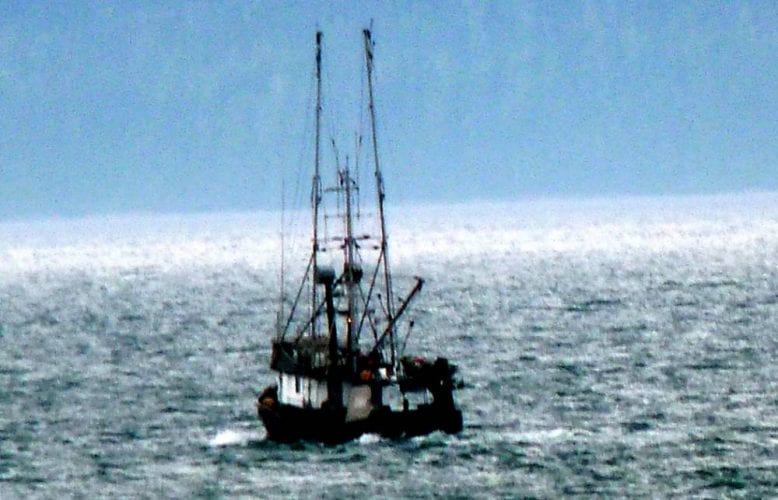
The commercial salmon trolling season for king salmon in Southeast Alaska opens Monday, July 1 and is expected to last around six or seven days.
The first opening has a total harvest target of 58,000 chinook, up a little from last year’s.
“Overall the summer looks to be maybe about four thousand fish more than last year, but abundance is pretty similar to last year,” said Grant Hagerman, the Alaska Department of Fish and Game’s troll management biologist for Southeast. “The first retention period last July was an anomaly with a two week opening for 53-54,000 fish,” he said. “Distribution of the kings last year was quite different. I think much of that distribution was offshore and took the fleet you know a few days, if not a full week, to really kind of dial in and find those fish. I think that was part of the longer opening.”
Hagerman expects trollers to find fish quicker this year. He also notes last year’s effort was down significantly, almost 200 fewer trollers making landings. The effort and weather will also impact the length of the first summer opening this year.
The fleet has an overall target of 79,600 fish for the summer season. Any remaining fish could be caught in a second opening later in the summer.
Catches of king salmon are managed under the Pacific Salmon Treaty between the U.S. and Canada. Fisheries on both sides of the border have been restricted in response to historically low numbers of chinook returning to rivers in Southeast.
For the second year in a row, trollers can’t keep kings during this first opening in several parts of the region to conserve fish returning to the Stikine River near Wrangell and Unuk River near Ketchikan. An area in northern Lynn Canal is closed to commercial trolling for the entire summer to protect Chilkat River kings. There are also closures for Situk River kings near Yakutat.
As the summer season opens, the spring season wraps up at the end of June. Trollers had limited areas open targeting kings returning to Alaska hatcheries in May and June. Hagerman says the total catch for the spring is an improvement from last year, but still well below the long-term average.
“So comparing to more recent fisheries, last year we had basically the same number and the same areas open, we’ve had additional harvest,” Hagerman said. “It looks like at this point maybe three thousand to four thousand fish more harvested this year.”
By the third week in June, the total spring catch had topped 7,783 chinook region-wide. Effort in the spring fishery was close to last year’s. The average weight is up almost a pound per fish. And the price for troll-caught kings has dropped from highs seen in the winter season of 12 dollars a pound, closer to $7.50 a pound near the end of the spring season.









